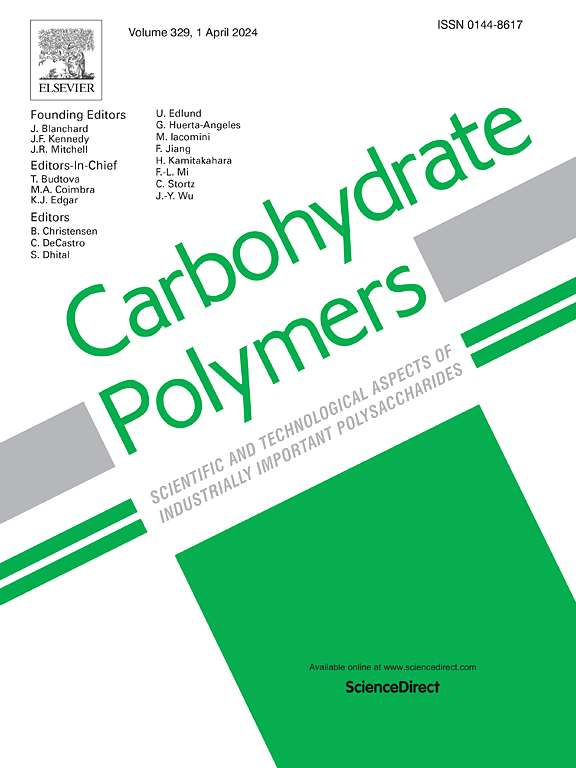siRNA self-assembled carboxymethyl chitosan and pymetrozine nucleic pesticides for enhanced control of Sogatella furcifera: Bidirectional transduction and detoxification inhibition
IF 10.7
1区 化学
Q1 CHEMISTRY, APPLIED
引用次数: 0
Abstract
Sogatella furcifera (Horváth) is a significant migratory pest in southeast Asia and northern Australia, exhibiting a notable resistance to the conventional insecticides, and RNAi pesticide is a promising approach for managing resistance. However, the poor stability and difficulty in delivery hinders its wide application. Here, we present a self-assembled siRNAs, carboxymethyl chitosan (CMCS) and pymetrozine complex (abbreviated as PM-CMCS/siRNAs micro-complex) to facilitate the control of S. furcifera in rice. When the transcription factors USP and Kr![]() H1 were interfered with dsUSP or dsKr-H1, a mortality of 84.4 % ~ 88.9 % was observed at a concentration of 150 μg/mL of pymetrozine, indicating a potential strategy for managing pymetrozine resistance. With the envelope of CMCS, the micro-complex effectively enhances the siRNA stability >96 h, downregulates the expression of USP, Kr
H1 were interfered with dsUSP or dsKr-H1, a mortality of 84.4 % ~ 88.9 % was observed at a concentration of 150 μg/mL of pymetrozine, indicating a potential strategy for managing pymetrozine resistance. With the envelope of CMCS, the micro-complex effectively enhances the siRNA stability >96 h, downregulates the expression of USP, Kr![]() H1, and CYP6FJ3, leading to a mortality of 100 % at 100 μg/mL pymetrozine. Moreover, the time-dependent disintegration of micro-complex induces the release of lesser PM-CMCS/siRNAs, allowing that more fluorescently labeled complexes were enriched in the phloem of rice via the apoplastic pathway. The integration of PM-CMCS/siRNAs enable precise enrichment in phloem and effective management of pest resistance by silencing their detoxification genes, and promises an environmental-friendly strategy for controlling devastating pest.
H1, and CYP6FJ3, leading to a mortality of 100 % at 100 μg/mL pymetrozine. Moreover, the time-dependent disintegration of micro-complex induces the release of lesser PM-CMCS/siRNAs, allowing that more fluorescently labeled complexes were enriched in the phloem of rice via the apoplastic pathway. The integration of PM-CMCS/siRNAs enable precise enrichment in phloem and effective management of pest resistance by silencing their detoxification genes, and promises an environmental-friendly strategy for controlling devastating pest.

求助全文
约1分钟内获得全文
求助全文
来源期刊

Carbohydrate Polymers
化学-高分子科学
CiteScore
22.40
自引率
8.00%
发文量
1286
审稿时长
47 days
期刊介绍:
Carbohydrate Polymers stands as a prominent journal in the glycoscience field, dedicated to exploring and harnessing the potential of polysaccharides with applications spanning bioenergy, bioplastics, biomaterials, biorefining, chemistry, drug delivery, food, health, nanotechnology, packaging, paper, pharmaceuticals, medicine, oil recovery, textiles, tissue engineering, wood, and various aspects of glycoscience.
The journal emphasizes the central role of well-characterized carbohydrate polymers, highlighting their significance as the primary focus rather than a peripheral topic. Each paper must prominently feature at least one named carbohydrate polymer, evident in both citation and title, with a commitment to innovative research that advances scientific knowledge.
 求助内容:
求助内容: 应助结果提醒方式:
应助结果提醒方式:


